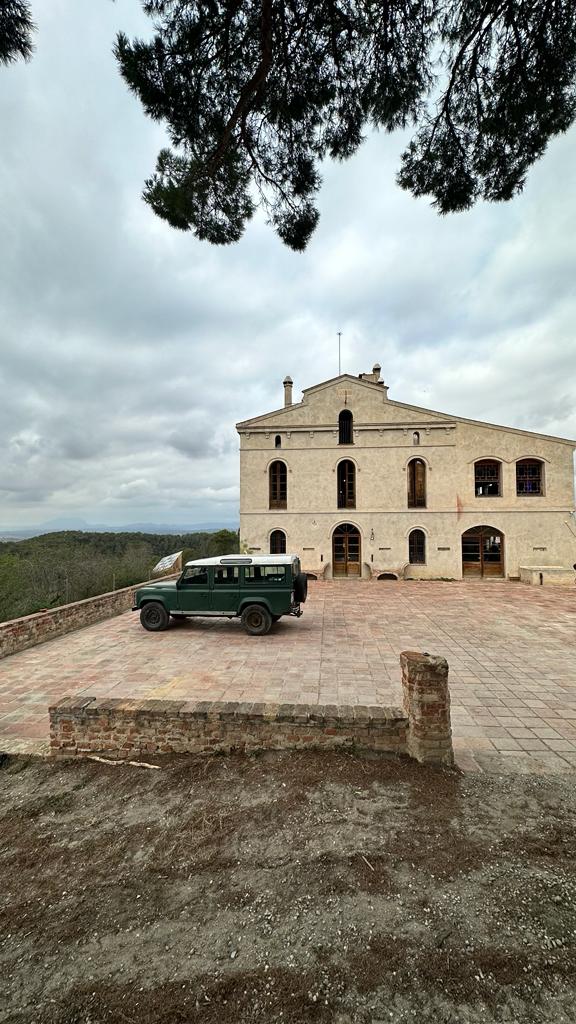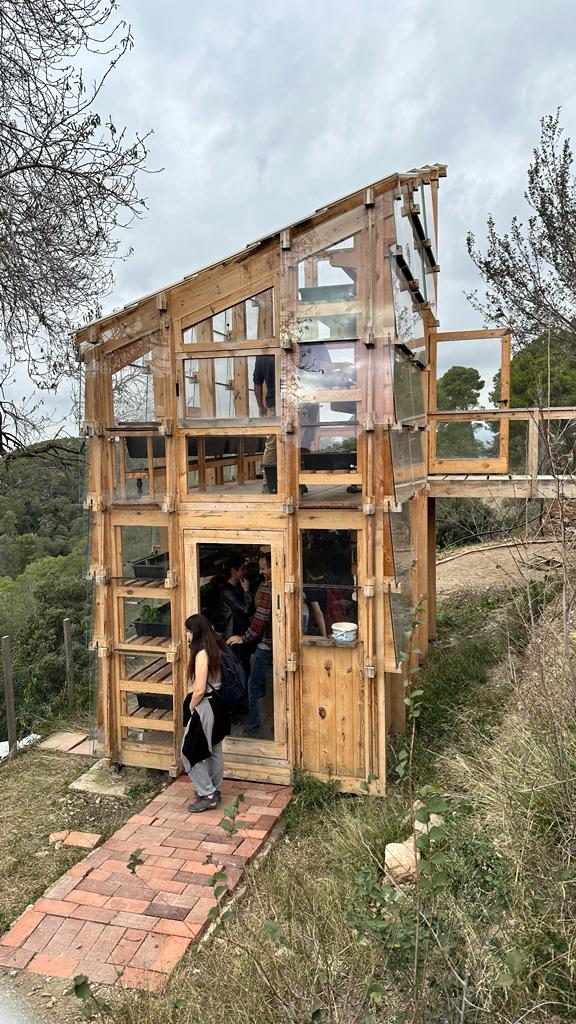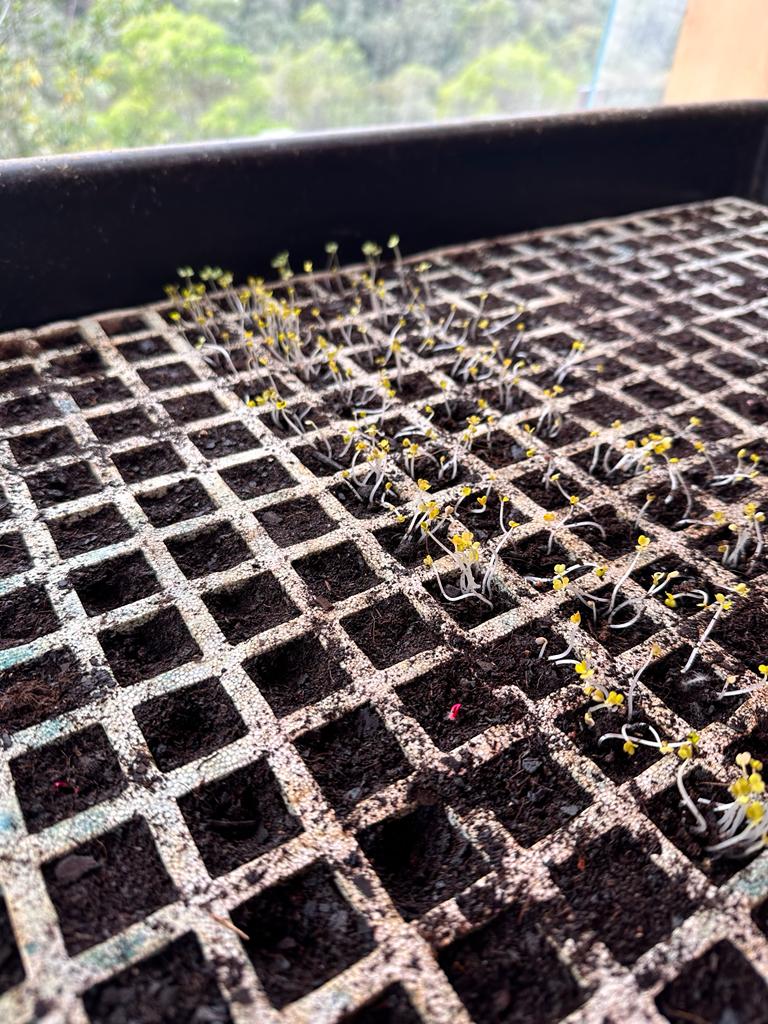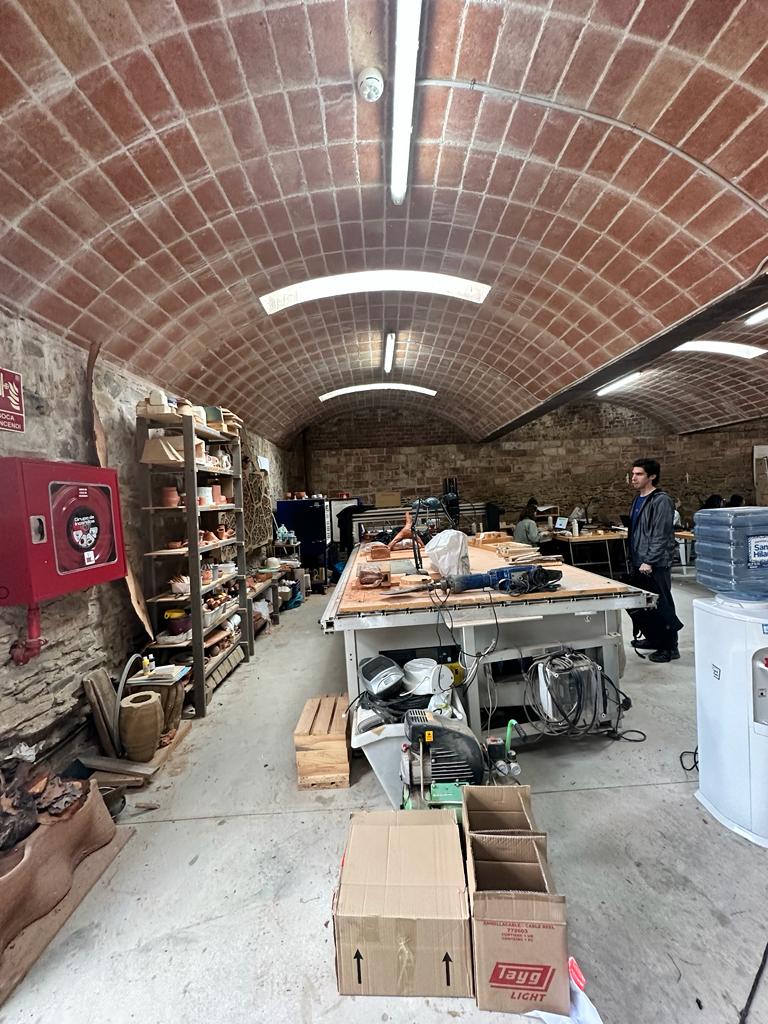Agri Zero¶
Jonathan Minchin, our practitioner for this seminar, studied Fine Arts and Design Craftsmanship and digital Fabrication. He attained BA in Architecture and a masters degree MSC in ‘International Cooperation, Sustainable Emergency Architecture’ in 2010. He is coordinator of the EU funded research project called ROMI (Robotics for Microfarms) and has spoken at the European Commission and British Parliament.
He shared insights during the Agri Zero seminar, delving into diverse agricultural methodologies. He discussed permaculture, a practice that emulates natural ecosystems to facilitate the coexistence of various plant species in a self-sustaining manner. Additionally, Minchin highlighted regenerative agriculture, emphasizing the restoration and enhancement of soil health to benefit the overall ecosystem. The discussion extended to the role of technology and computational agriculture in optimizing efficiency and ecological renewal.
Minchin advocated for the reinvention of digital agriculture to align with more traditional farming methods, moving away from the industrial agriculture model. His perspective emphasized the importance of understanding and meeting the soil’s needs and desires as the foundation for new agricultural approaches. Minchin proposed capping the economy with the growth rate of plants to prevent overproduction and overconsumption, advocating for a more sustainable and balanced agricultural system.
Visiting Valdaura¶
Our exploration extended to a trip to the Valldaura campus located in the Collserolla forest near Barcelona. During the visit, we employed the iNaturalist App to gain insights into the diverse ecosystems of the forest. We had the opportunity to observe ecotones, which denote areas of transition between two distinct biological communities. The Valldaura campus left a lasting impression as a captivating space where fellow IAAC students are actively utilizing available resources to investigate self-sufficient modes of living. At Valdaura, we also collected tons of Laurel leaves to learn about the process of doing essentiel oils.




Making essential oils¶¶
After this Agro Zero seminar I visited Eccocivi, a winery located in Sant Marti Vell. The fundaments of the seminar made me understood the soil, nutrients, months of fruiting and collecting better.
About Eccocivi¶
Positioned within the Parque de Interés Natural de Les Gavarres, this winery is an exemplar of sustainable viticulture, operating with a commitment to zero CO2 emissions. Its innovative construction, hidden underground and adorned with a vegetative cover, is a testament to environmentally conscious design. Here, the meticulous process of wine aging is undertaken in a manner that is not only balanced and sustainable but also respects both the human and natural environment. Adjacent to a historic farmhouse, which lends its name to both the estate and our premier wine, Ca l’Elsa, this eco-friendly winery operates in the shadow of the ancient Montrodó volcano. The soils, enriched by volcanic origins, combined with eco-conscious cultivation practices, result in wines distinguished by natural nuances and unique personalities.
Some Insights¶
The winery’s parcels are strategically aligned with the natural flow of the river, showcasing a thoughtful approach to land use. Ingeniously utilizing the clay in the soil, they have effectively mitigated the impact of drought while maintaining optimal soil moisture levels. The preservation of the existing forest on their land serves a dual purpose: safeguarding the grape fields by leveraging the biodiversity of the flora and fauna within the forest and creating a habitat for birds, thus acting as a natural pest control measure.
In their commitment to sustainable practices, the winery eschews conventional pumping methods, opting instead for a gravity-based approach in their winemaking processes. This not only reduces energy consumption but also minimizes the potential environmental impact associated with conventional pumping systems.
Furthermore, the winery employs natural rocks for the construction of its façade, a choice driven by the desire to keep the winery naturally cool. This eco-friendly construction method aligns with their overarching sustainability ethos, showcasing a holistic approach to viticulture that prioritizes environmental stewardship and harmonious integration with the surrounding ecosystem.